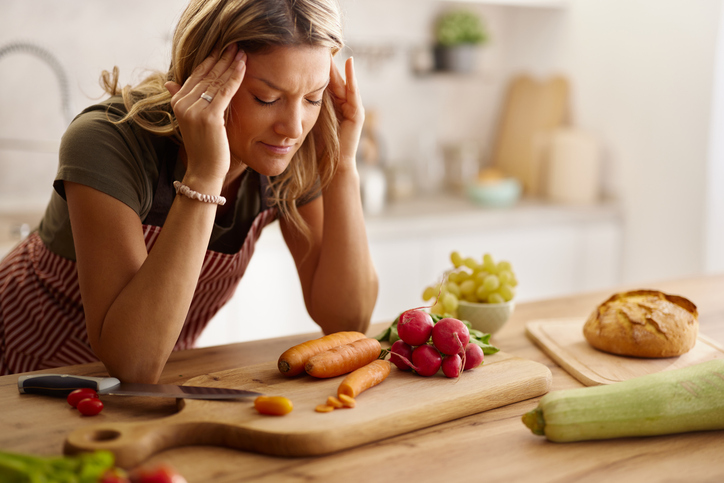World Food Day has been celebrated on October 16th since 1979. Each year the United Nations chooses a topic to highlight, educate, and/or celebrate. This year they are celebrating via action:
“Our actions are our future – Better production, better nutrition, a better environment and a better life”. Food and Agricultural Organization of the United Nations
Let’s explore all the different ways we can look at our impact around production, nutrition, and our environment! Read on to learn more.

What is the production and what can we do?
The production of food, in many ways, is out of our hands. Consider the plastic bags our apples are in or the shrink wrap protecting the broccoli at our local grocery store. There is little we can do about that; however, there is still plenty of time to visit your farmers’ market. Shopping at your local farmers’ market reduces the amount of packaging, decreases the distance the food travels (reducing our carbon footprint), and supports our vibrant (and local!) economy. Not only can you find delicious fruit and vegetables but you can also find a variety of other farm products. Things like maple syrup, baked goods, local cheeses, honey, eggs, and more!
To find a market near you, click on the link here. You’re making a healthy choice that’s good for you and the planet!

Celebrate World Food Day with delicious food!
What better way to celebrate World Food Day than by exploring what other people around the globe cook in their part of the world?


For anyone familiar with Jollof rice, a traditional dish originating in West Africa hundreds of years ago, then you also know of the competition, literally and figuratively, between The Gambia, Senegal, Sierra Leone, Cameroon, and Liberia over who’s is best. There is intense and very real competition. The truth? They are all fantastic! Find out for yourself:
Jollof Rice: https://www.eatright.org/food/planning-and-prep/recipes/african-style-rice-with-chicken-drumsticks-recipe
Have you ever enjoyed the flatbread called Chapatis? You may have heard it called roti, safati, phulka, or roshi. It is a healthy everyday bread that accompanies meals. It’s thought to have originated over 5,000 years ago (you read that right, 5,000 years!). It’s thought to have made its way to India from East Africa. Traditionally, chapatis were the plate as well as part of your meal. Healthy, delicious, and easy to make. Try it at home:
Chapatis: https://www.myplate.gov/recipes/supplemental-nutrition-assistance-program-snap/chapatis-flatbread
Now let’s head south. The Caribbean has a dish traditionally made with Callaloo, a hearty green originating in West Africa and brought to the Caribbean by enslaved Africans. The dish uses cooking methods with ingredients both African and indigenous. It’s thought to have originated around 400 years ago and is as healthy as it is delicious. Try it out!
Caribbean Callaloo: https://www.eatright.org/food/planning-and-prep/recipes/caribbean-callaloo-with-fresh-greens-and-ham-recipe

Back to World Food Day. How can we help the environment? We can all make small changes. Let’s look at reducing food waste! Preventing food waste is not only good for our planet but it’s good for our budget as well. Make the most of the food we have
There are several things we can do to reduce food waste. Read on for more tips:
- When you go shopping use a list and stick to it.
- Find ways to use the food you have. Stale bread? Make breadcrumbs out of them, put them in a freezer bag, and use them to top off your next casserole. Did the carrots you purchase have their tops? Make a carrot-walnut pesto. Cook up some whole wheat pasta and you’ve got dinner. You don’t need to peel those carrots by the way. Just wash them.
- Bought more swiss chard than you needed (or spinach or kale)? Dice it up, put it in a Ziplock bag, and put it in the freezer (make sure to label it…. something I always forget!). Those frozen greens put you one step closer to your morning smoothie!
- If you don’t have time to cook it, freeze it!
- Designate a space in your fridge for food that you think will go back shortly.
For more tips on how to keep your food fresh go to the FoodKeeper App supported by foodsafety.gov: https://www.foodsafety.gov/keep-food-safe/foodkeeper-app
As always, thanks for stopping by. You’re great company!




